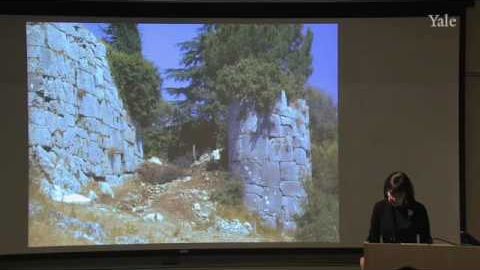2.それは都市を取る。ローマの建国とイタリアの都市主義の始まり (2. It Takes a City: The Founding of Rome and the Beginnings of Urbanism in Italy)
Sofi が 2021 年 01 月 14 日 に投稿  この条件に一致する単語はありません
この条件に一致する単語はありません- n.体型;建設;ビルド
- v.t.築く;建てる;発達させる;関係を築く
- v.i.(天候が)悪化する
US /ˈsɛntʃəri/
・
UK /'sentʃərɪ/
- n. (c./u.)世紀;(クリケット)センチュリー;(ローマ軍)百人隊
US /ˈɑrkɪˌtɛktʃɚ/
・
UK /ˈɑ:kɪtektʃə(r)/
- n. (u.)建築学;建築様式;構造;アーキテクチャ
- n. (c.)設計図;計画 : 段取り
- v.t./i.~するつもりである;計画
エネルギーを使用
すべての単語を解除
発音・解説・フィルター機能を解除

